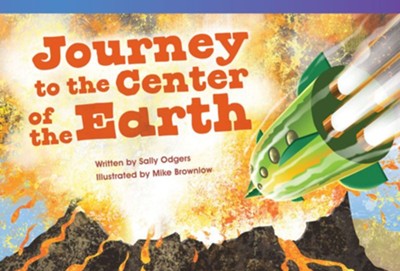

This updated fourth edition includes new material on nanoparticle pollution, bioaccumulation, biomarkers, and chemical warfare in nature, as well as a new chapter on the future directions of ecotoxicology.

Throughout, examples and case studies illustrate the principles. Moving into population biology and population genetics, the third part of the book addresses a question of great interest to ecologists: What effects do pollutants have at the levels of population, community, and the whole ecosystem? The book also looks at how ecotoxicology is used in the biomonitoring of environmental pollution, the investigation of pollution problems, the conducting of field trials, the study of the development of resistance, and the growing area of environmental risk assessments. It then deals with the effects of pollutants on living organisms at the molecular, cellular, and individual levels. Organized into three sections, the book first describes the molecular structures, properties, and environmental fate of pollutants. This new edition of a bestselling textbook continues to emphasize principles rather than practice, providing the interdisciplinary perspective and grounding required for research. Downloadable and printable test questions and answers for each chapter available to instructorsĬutting across traditional subject boundaries, Principles of Ecotoxicology, Fourth Edition gives readers an integrated view of ecotoxicology, from molecules to ecosystems. Search tools for online journals and databases covering useful, up-to-date information in health and environmental topics Subject specific links by chapter as well as Federal, state, and organization sites with relevant information Downloadable PowerPoint files for each Chapter providing the instructor with ready-made presentation materials that can be modified as needed. Numerous technical illustrations, charts, graphs, and photographs are included What on the Web? Test bank and study questions giving a complete review of the concepts covered. The use of HACCP in assuring food quality, food safety issues, and the Food Quality Protection Act are discussed.

The issues and benefits of recycling are explored. The ongoing issues of the creation and disposal of hazardous waste along with the controversies surrounding disposal are presented. An exploration of the mechanisms of toxicity with special reference to the immune system and endocrine disruption. The growing problems of asthma and other health effects associated with air pollution. The ever increasing issues surrounding emerging and re-emerging diseases around the earth and the introduction of an increasing number of emerging diseases. Human behaviors and pollution are presented along with respect to their roles in cancer risk. The mechanisms of environmental disease, emphasizing genetic disease and its role in developmental disorders and cancer. So what Coverage of emergency preparedness for environmental health practitioners Discussion of population dynamics especially with regard to overpopulation and underpopulation around the world and their respective influences on social, economic, and environmental concerns. The book has been revised to include up-to-date topics with and a revised Web site with updated links. The author maintains traditional concepts and merges them with new and controversial issues.

This fourth edition is packed with new updates on current world events associated with environmental issues and related health concerns. The first edition won the CHOICE award for outstanding Academic Book while editions two and three became bestsellers on their own right. Shelving Guide Environmental Science This is a groundbreaking and innovative book now in its fourth edition.


 0 kommentar(er)
0 kommentar(er)
